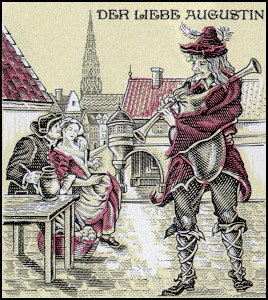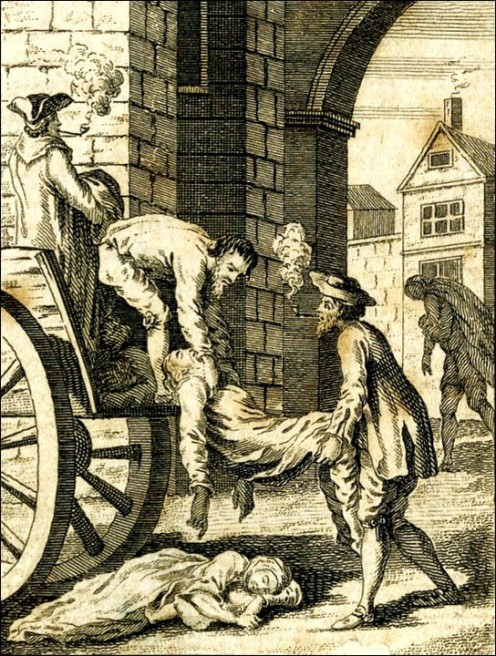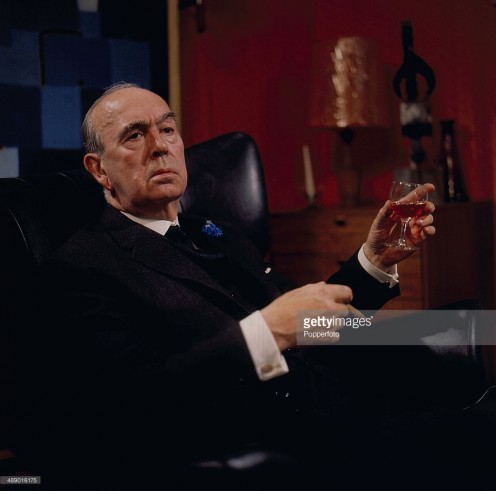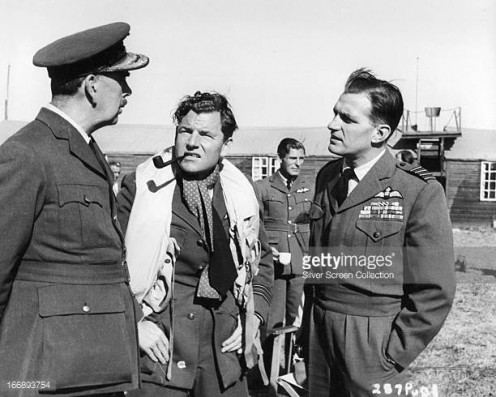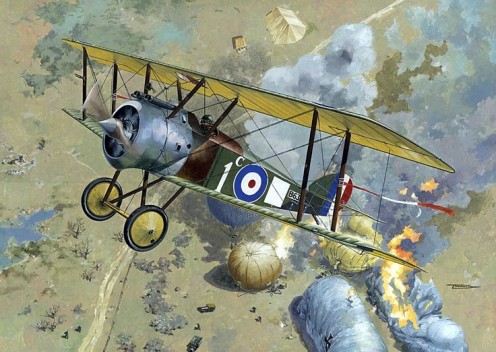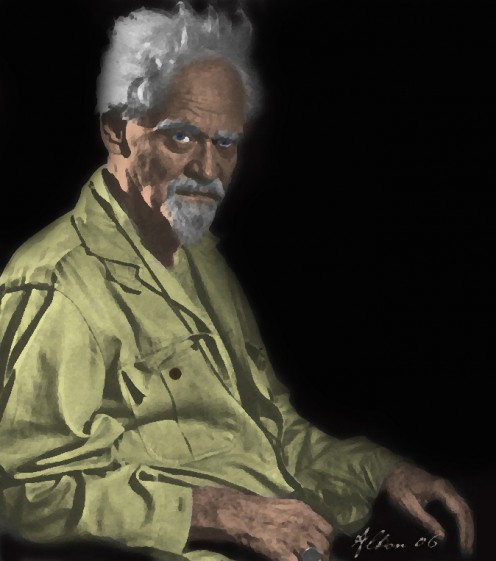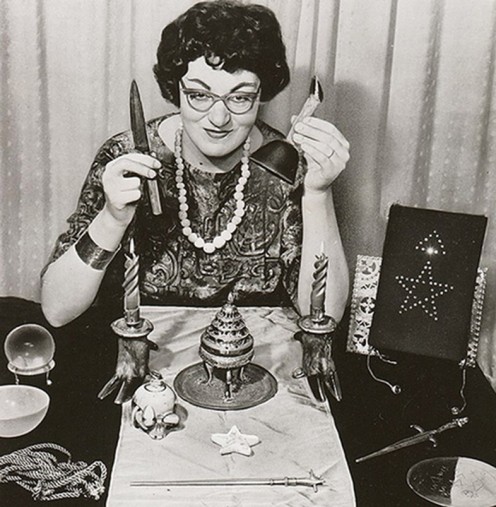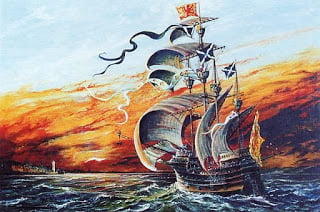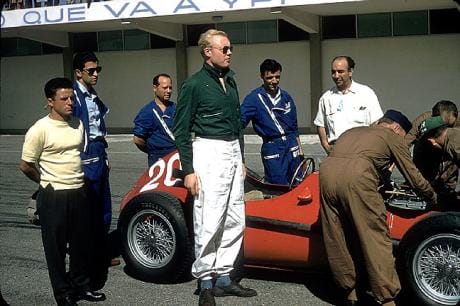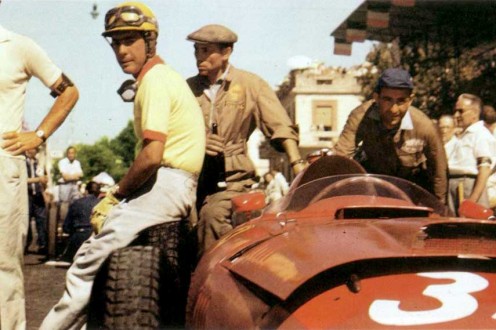As the 1958 season progressed, the three Ferrari racers battled between one another. Also, the Vanwall team of Tony Brooks and Sterling Moss were picking up wins. It is hard to work out how the points system works for the 1958 season. This is because Stirling Moss won most first places in the races. Tony Brooks had more wins than Mike Hawthorn too. In fact, Mike Hawthorn only won one race at Reims, the French Grand Prix. If one looks at the wins during the 1958 season, Stirling Moss wins four races, Tony Brooks wins three races and Mike Hawthorn wins one. Yet Mike Hawthorn amassed 42 points against Stirling Moss’ 41 points and Tony Brooks’ 24 points.
At Reims, Luigi Musso tried recklessly to gain on Mike Hawthorn. The rivalry had developed over the competition. On the 10th lap of the 50 lap race, he tried to chase and catch his leading teammate. He took a particular curve at an angle that was too wide. His racing car struck a ditch. His car somersaulted and smashed to pieces. The injured Luigi Musso was pulled from the burning wreckage and airlifted to a hospital. He died of his injuries shortly after.
It was another race where the price of victory was bittersweet for Mike Hawthorn. The French Grand Prix was the largest monetary prize of all the races. Hawthorn would give his part to the lady who had borne him a son. As he and Peter Collins left the hospital in Reims, Mike Hawthorn was deeply affected by his team mate’s death. There was a beer can in the road and he kicked it nonchalantly as he left the hospital. Peter Collins kicked it back. This was seen by the late Luigi Musso’s girlfriend. Her name was Fiamma Breschi and she understandably saw this as a mark of contempt. It was not intended, but this was not a good thing to do in front of a dead friend’s lover. Perhaps they did not think they were being watched. Whatever the reason, the two British racing drivers were forever held in contempt by Fiamma Breschi.
The next race was the British Grand Prix. Here, Peter Collins would win and Mike Hawthorn would come second. Peter Collins victory would be his penultimate race. For he would perish under the same type of circumstances as Musso, at the next Grand Prix in Germany. He was 26 years of age. His teammate Mike Hawthorn retired from the race. He would finish second in the next three races. The steady gathering of points from these overall second positions were enough to clip the championship by one point.
Despite the championship win, Mike Hawthorn had had enough of the Formula One motor racing world. He had seen a lot of good friends die. Death was always a companion for these racing drivers of the age. It would continue to be for the coming decades. Le Mans had been a diabolical triumph for Mike Hawthorn. So had the 1958 Formula one championship. Collins and Musso had perished.
Hawthorn collected his prize and announced his retirement. He had lived through the testing times. Finally, with the coveted achievement, he could leave the sport. It was October 1958. He had endured and survived. Many had not. Enzo Ferrari would find other daring young men.
Tragically, Mike Hawthorn would live for three months after his retirement. He was killed in a car crash driving on a public road. The date was 22nd January 1959. He was believed to have been racing his Jaguar car against a Mercedes that was being driven by Rob Walker. Perhaps a little foolhardy camaraderie with the 'Johnny Walker Whisky' related man. It was a little ironic, to say the least. Luigi Musso’s girlfriend Fiamma Breschi might have thought poetic justice had been served. Who knows for sure?
The great entrepreneur Enzo Ferrari would move on. There would be other names to come. He would live to be 90 years of age. His brand name cars still go on to this day. The sport is less dangerous in this day and age.
But as Jan Struther, a lady famous for her children’s hymn, once wrote; ‘And the knights are no more and the dragons are dead.’

